Tag: james allen noyes
-
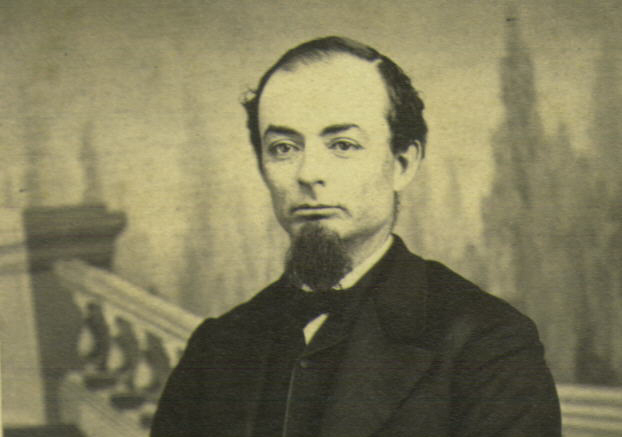
James Allen Noyes Photo
Courtesy of Nancy Benton, we have this photo of James Allen Noyes (direct line). James Allen Noyes was born Dec 22, 1826 in Ann Arbor, Washtenaw, Michigan to James Noyes and Sally Marble. He married Caroline Atwell in June 28 1859. They moved to the free-thought community of Liberal, Missouri, where he died Jan 24,…
-
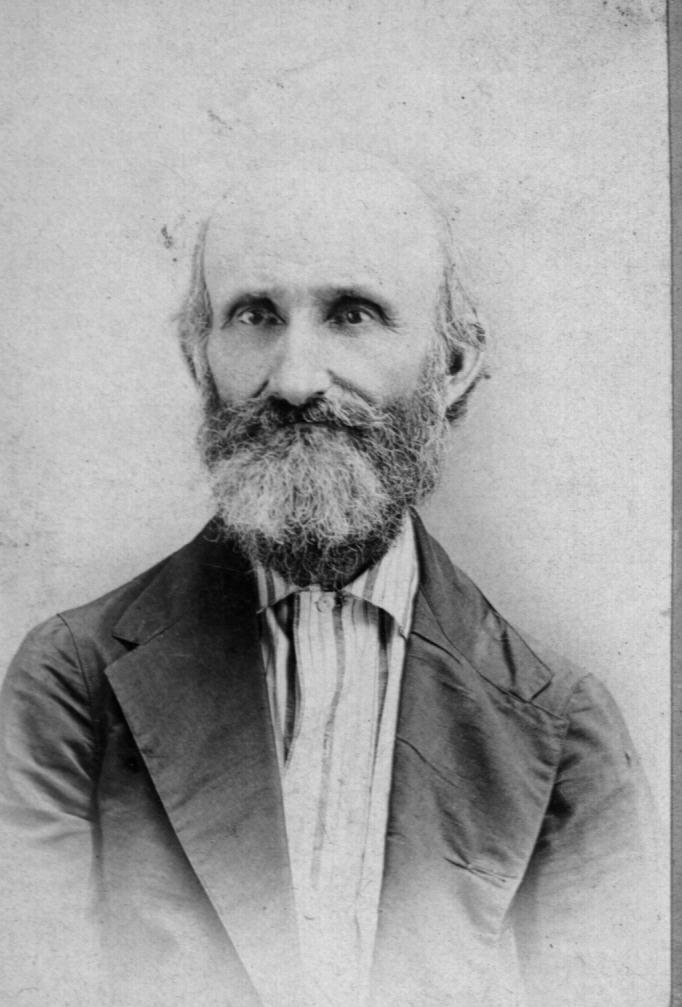
James Allen Noyes in Later Years
James Allen Noyes, born 1822 at Ann Arbor, Michigan, was the husband of Caroline Atwell Noyes. In 1882 they moved to the freethought community of Liberal, Missouri where this photo would have been taken in James’ later years. He died in Liberal in 1901. More information on the family is here.
-
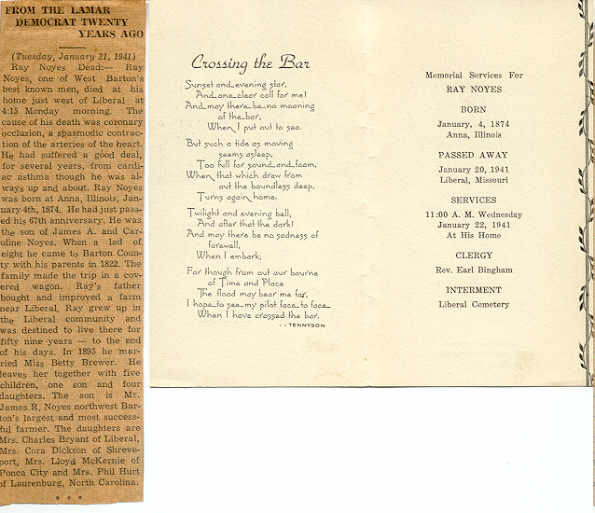
Ray Noyes’ Obituaries
Ray Noyes, husband of Elizabeth Jane “Bettie” Brewer, was the son of James Allen Noyes and Caroline Atwell Noyes. He lived in Liberal, Missouri. Ray is of our line. LAMAR DEMOCRAT obituary (Tuesday, January 21, 1941) for Ray NOYES reads: “Ray Noyes dead–Ray NOYES, one of West Barton’s best known men, died at his home…
-

James Noyes Originally Owned the Land Upon Which is the University of Michigan
A mention of James Noyes is found in the History of Washtenaw County, Michigan” by Chas. C. Chapman & Co., published in 1881. In August, 1827, Elisha W. Rumsey died in the house built by Mr. Osterhaut, and the tavern was occupied about this time by Oliver Whitmore. Mr. Rumsey was captain of the first…
-

Noyes Burials at Liberal City Cemetery
At Find-a-Grave, an individual has placed up memorials for Liberal City Cemetery, including members of the Noyes family. There are (sadly) no photos, just names and inscriptions on the headstones. The person must not have been a member of the family as family members are unlinked. I’ve sent a request for them to be linked,…
-

James Noyes and Sally Marble
James Noyes, born Sep 13, 1793 at Worcester County, Massachusetts, died Aug 26 1864 at Pavilion, Kalamazoo, Michigan. On Sep 6, 1815 he married first, at Pavilion, Kalamazoo, Michigan, Sally Marble. She was born Sep 6 1796 in Massachusetts and died at the age of 41 on Aug 10 1838 at Pavilion, Kalamazoo, Michigan. James…
-
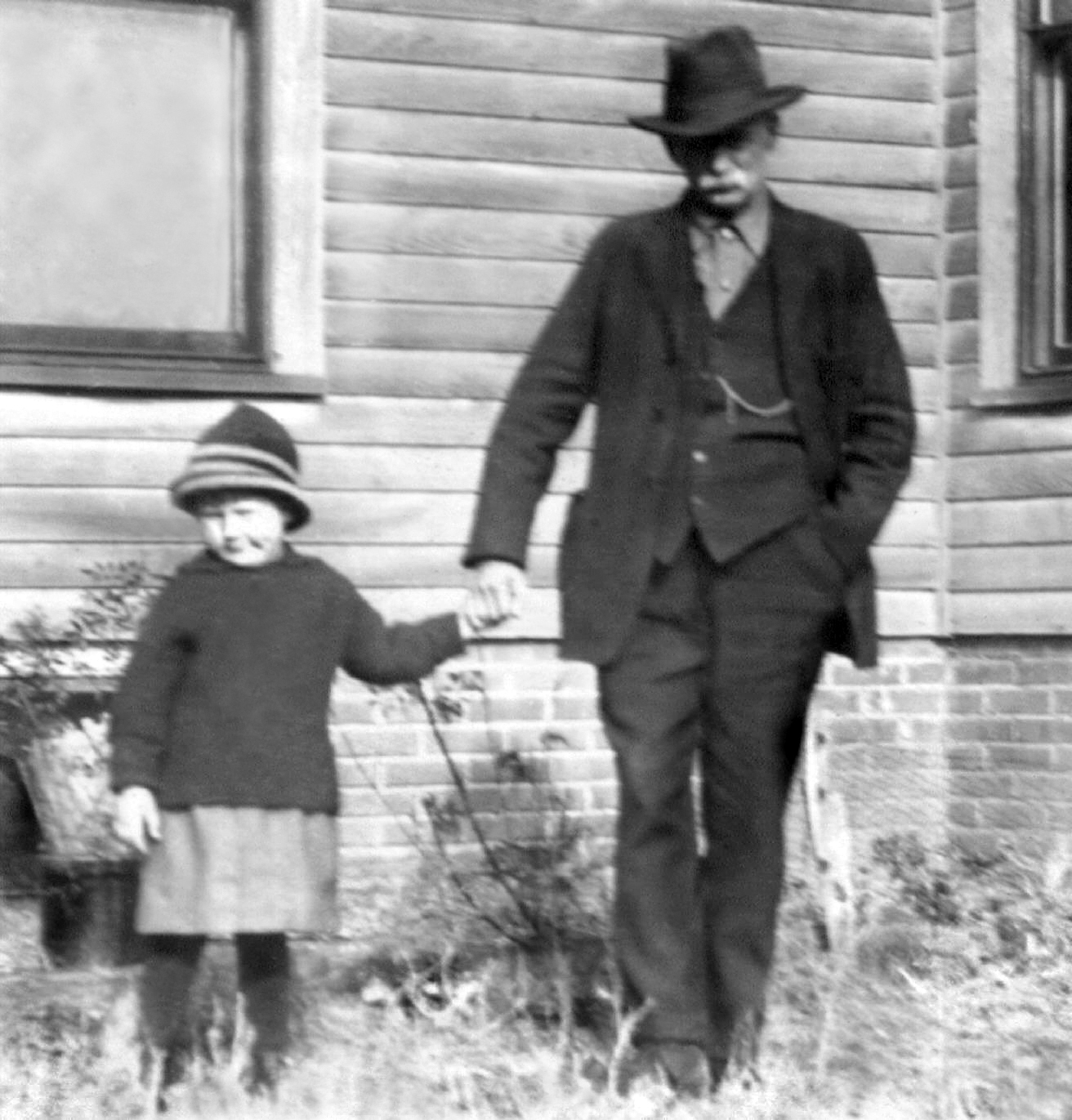
James Allen Noyes and granddaughter Pansy
James Allen Noyes strolls with granddaughter Pansy Noyes, eldest child and daughter of Ray Noyes and Bettie Brewer. I’m guessing the photo is from about 1900 when Pansy would have been 5 years of age. James Allen would have been about 74. This photo would have been taken in Liberal, Barton County, Missouri.
-
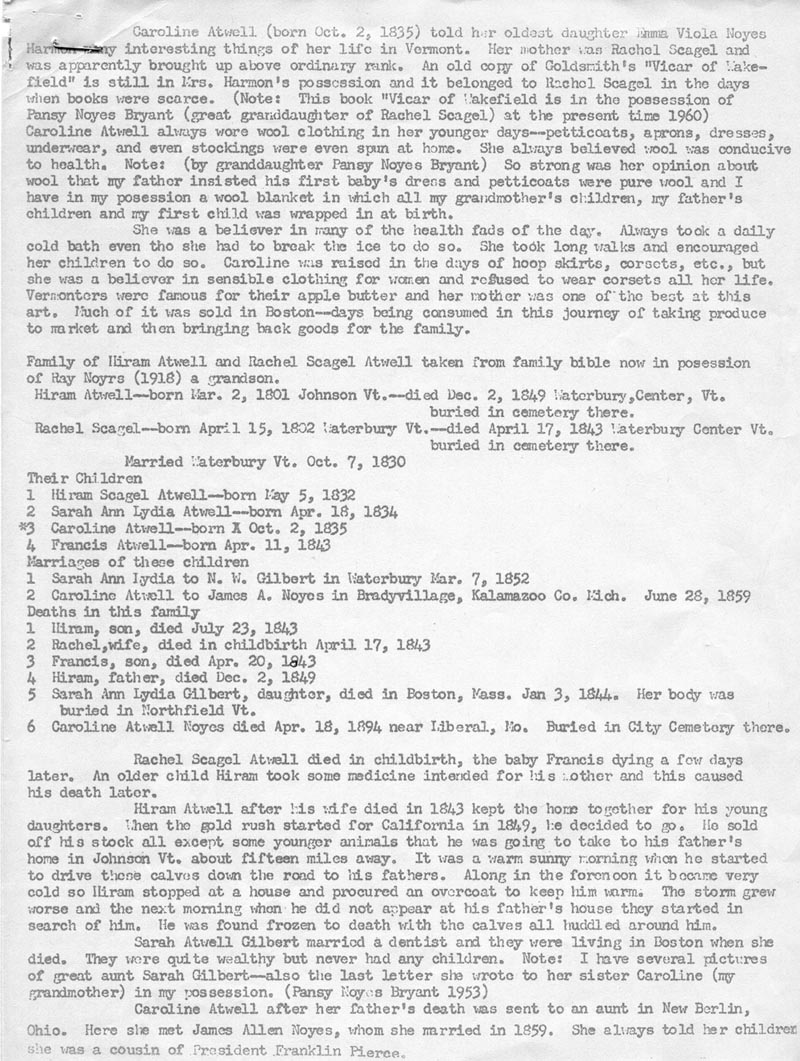
Notes on Caroline Atwell Noyes’ Family by Pansy Noyes Bryant
Courtesy of Nancy Benton. Caroline Atwell (born Oct. 2, 1835) told her oldest daughter Emma Viola Noyes Harmon many interesting things of her life in Vermont. Her mother was Rachel Scagel and was apparently brought up above ordinary rank. An old copy of Goldsmith’s “Vicar of Wakefield” is still in Mrs. Harmon’s possession and it…
-

Baldwin v. Walser–Trouble at the Bank
There was trouble in Liberal. George W. Baldwin brought charges of libel against Walser for Walser distributing this in January of 1889: ” ‘ To all whom this may concern : ‘”Notice is hereby given that the copartnership heretofore existing by and between G. W. Baldwin, G. H. Walser, J. G. Pitgen, J. A. Noyes,…
-
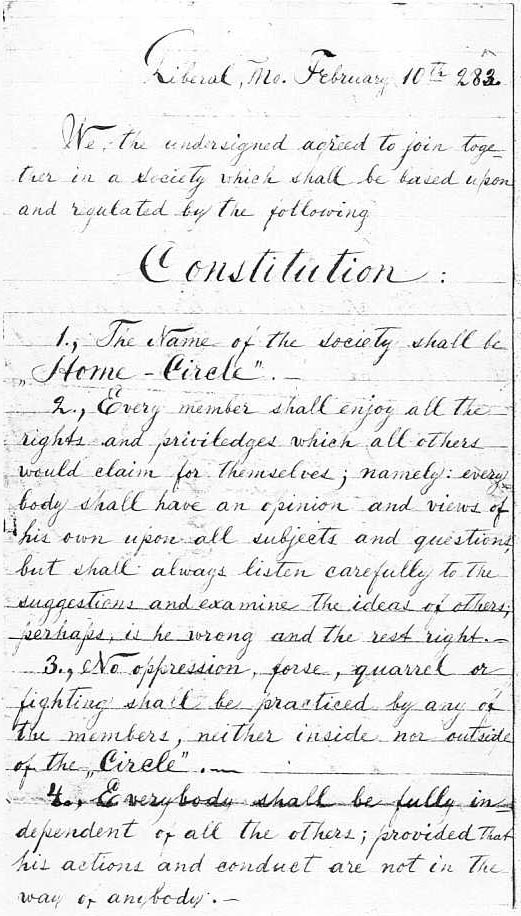
Noyes Family Constitution
Being Free-thinkers who had been associated with socialist experiments and who had moved to Liberal, Missouri, which was expressly for liberals, it’s not surprising that the Noyes family would form their own family constitution. The document displays the year as being 283. The Dictionary of Missouri Biography notes that Liberal was utilizing a different dating…